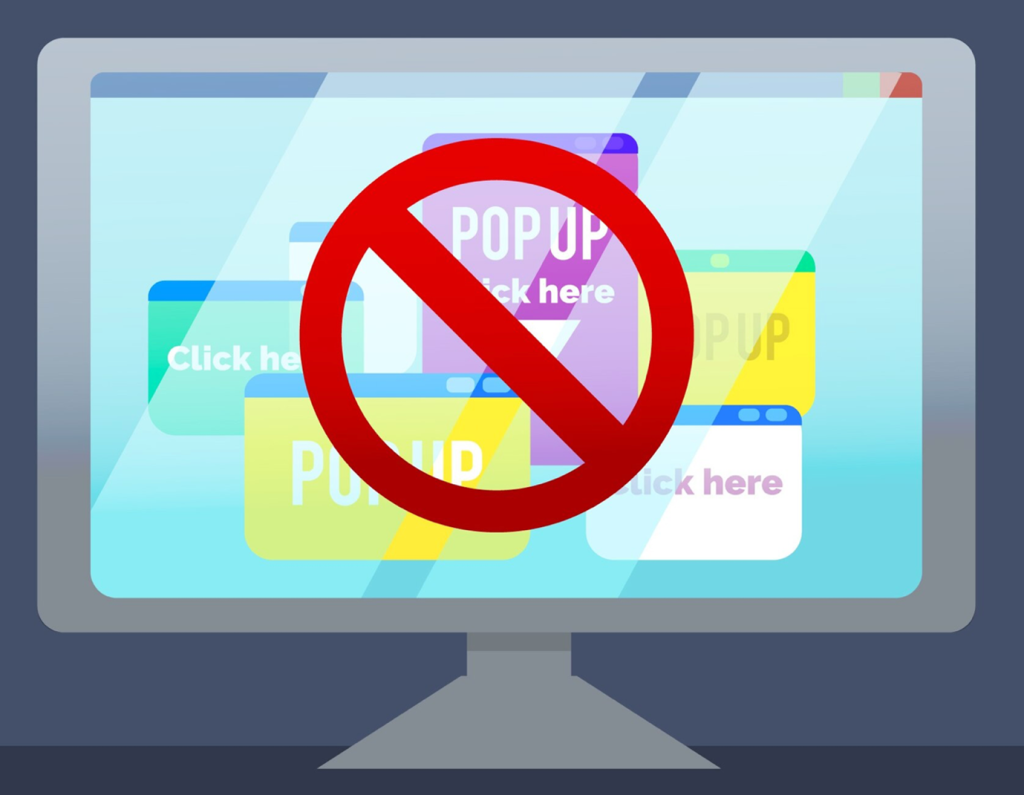This article appeared first on inma.org
Probably the last decade was a massive blow to the acceptance of digital advertising. This one red shoe you once looked at a month ago was following you around the internet without mercy. No wonder users were installing ad blockers at record rates, and publishers turned to subscriptions as the primary source of income in a world where users wanted an ad-free user experience.
It’s also a good sign of a maturing ecosystem that regulations kicked in, and governments and infrastructure providers like the manufacturer of browsers reduced the possibilities to apply those tactics using third-party cookies and more.
But all data and all user interviews show that this is not a general “no” to advertisements from users. It feels like publishers were overdelivering by banning all ads.
It’s just a “no” to the cheap third-party ads on how to get rich, what online game to play and how to lose belly fat. Those ads never made it into the print paper anyways
But it’s still an explicit “yes” to good ads – that are mostly “direct sales” to advertisers and not “automatic sales” by some programmatic algorithms that run across the internet.
“Exclusivity” and “Premium” are a factor in Content but also in Ads.
Readers are not only used to seeing ads in their paid-for printed papers; they appreciate them. For them – especially in regional newspapers – they are regional “Lesestoff” (reading material) that sometimes is as important as the premium regional content around it.

But looking at online, the share of revenues made from regional direct sales SMB customers vs the big multinational programmatic campaigns is usually below 10%. While in print it was 50%+.
But why, when readers demand this regional info, advertisers are willing to pay for the audience? Even more: Adding the CPMs of those campaigns as exclusive ads available post-paywall can significantly boost “revenue per user” (adding subscription and advertising revenues).
Three main reasons we discovered:
- There are just no direct sales SMB campaigns at scale available
- Most SMB advertising campaigns look absolutely not premium
- SMB direct sales focussed on CTR (click-through-rates), CPC and CPM does not work
INMA member “Kölner Stadtanzeiger Medien” from Cologne in Germany, who recently scaled direct ad sales to their longtail of SMB advertisers significantly by a few hundred new local display ads per month, discovered four levers how “premium content” for more subscriptions and “premium ads” from local advertisers must go hand in hand:
- Do not let local advertisers build “premium ads” and do not click out to their websites. Some might have great ads and homepages, but most don’t. You, as a publisher, have to control the banner and the landing page. By doing so, you ensure a high-quality product for every ad and every click a user does. Long term, that also drives click rates (CTR) when users know that they receive what they expect after clicking an ad.
- Do sell exclusivity instead of “run of site” like all programmatic campaigns. Give local advertisers one spot on the regional homepage where they can find themselves, e.g. in a banderol where other national and multinational campaigns don’t happen.

- Do sell exclusivity not only via positioning but also via user-targeting: publishers can’t target users via cookies anymore, but what they know a lot about their subscribers. As soon as a paid user logs in, matching local ads to his/her local reading habits can be served as the user appreciates the local info (see above), and the advertiser gets an exclusive audience that he couldn’t get anywhere else.
- Do not sell clicks and click rates – or CPC and CPM. Local sales reps and local advertisers have a hard time with it. But what they understand: attention. How much attention did my offer get for a price of x€?Kölner Stadtanzeiger Medien offered one bundle at one price that included the banner and the landing page that local advertisers (also from print!) just had to say yes or no to.After they opted in, the banner and landing page was done for them, and with a landing page in the hands of the publisher, sales reps could suddenly report not about the number of clicks and then lose info about what happens on the site of the advertiser but “time spent on the landing page”, “buttons clicked on the landing page”, etc.
 With a much more compelling story to advertisers, direct sales to SMBs grew so substantially that Kölner Stadtanzeiger switched the model from an upsell to an automatic bundle with every print ad last year (which also earned them a nomination at this year’s “Global News Media Awards”: https://www.inma.org/practice-detail.cfm?zyear=2022&id=CF90C095-3568-447B-A89B-250DF986F4AF)Please reach out if you want to see the entire business case, the ads and the landing pages, the sales materials and everything involved with this successful case.
With a much more compelling story to advertisers, direct sales to SMBs grew so substantially that Kölner Stadtanzeiger switched the model from an upsell to an automatic bundle with every print ad last year (which also earned them a nomination at this year’s “Global News Media Awards”: https://www.inma.org/practice-detail.cfm?zyear=2022&id=CF90C095-3568-447B-A89B-250DF986F4AF)Please reach out if you want to see the entire business case, the ads and the landing pages, the sales materials and everything involved with this successful case.

